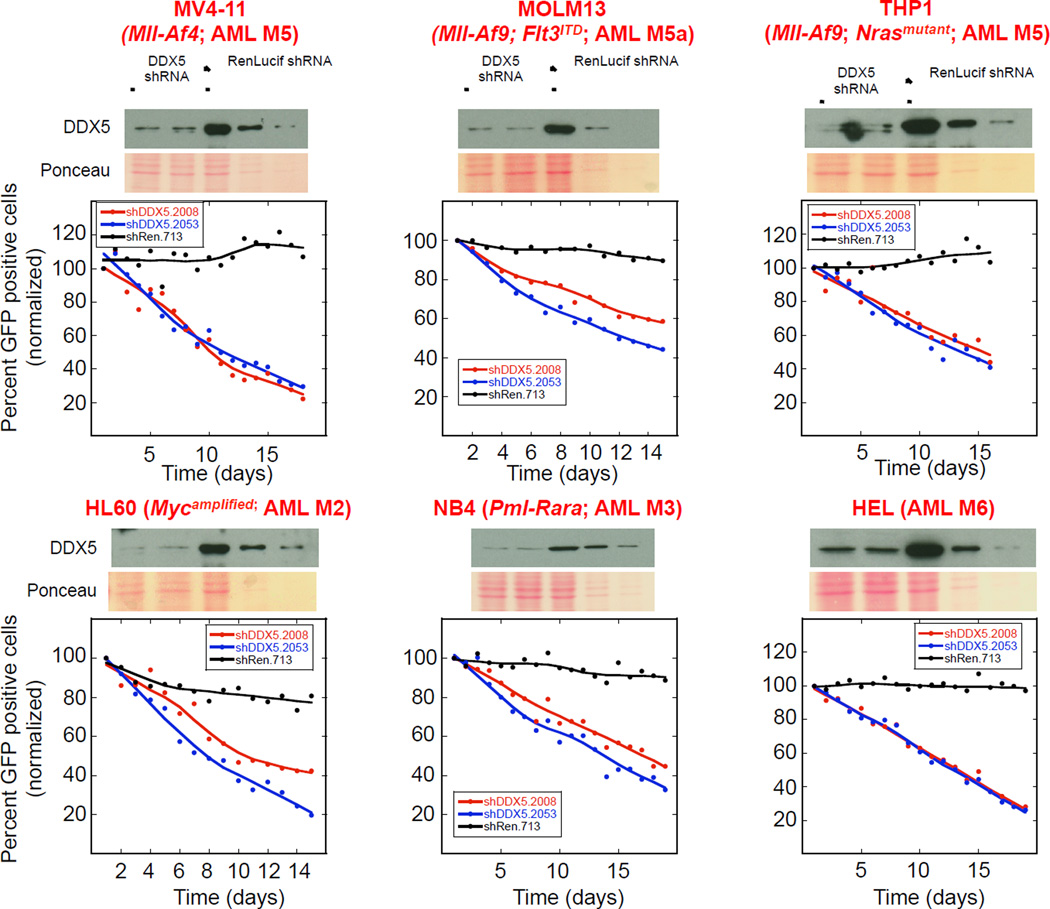Figure 1. AML cell lines are dependent on DDX5 to proliferate.
The indicated AML cell lines were infected with retrovirus encoding GFP expression as well as either of two different DDX5 shRNAs (shDDX5.2008 or shDDX5.2053; first and second lanes on each immuno-blot, respectively) or a control shRNA targeting Renilla Luciferase (shRen.713; third lane on each immuno-blot). Immuno-blots show DDX5 knockdown by the two DDX5 shRNAs. On each immuno-blot whole cell extracts (WCE) prepared from cells infected with the negative control shRen.713 were loaded at either equal total protein as the DDX5 knockdown WCEs (lane 3 on each immuno-blot) or were diluted either 1-to-4 (lane 4 on each immuno-blot) or 1-to-10 (lane 5 on each immuno-blot) so that DDX5 knockdown by either shDDX5.2008 or shDDX5.2053 (lanes 1 and 2 on each immuno-blot) could be determined. Ponceau S stained membranes are shown below each immuno-blot to show protein loading. The effect of DDX5 knockdown on proliferation of each cell line was determined by monitoring the depletion of GFP positive cells expressing the indicated shRNA in each unselected cell culture following infection as described in Experimental Procedures. A reduction in GFP positive cells over time indicates depletion of those cells expressing the indicated shRNA from the cultures. The red and blue lines in each plot shows the fate of cells expressing either the shDDX5.2008 or shDDX5.2053 experimental shRNAs respectively whereas the black line in each plot shows the fate of cells expressing the shRen.713 control shRNA.

